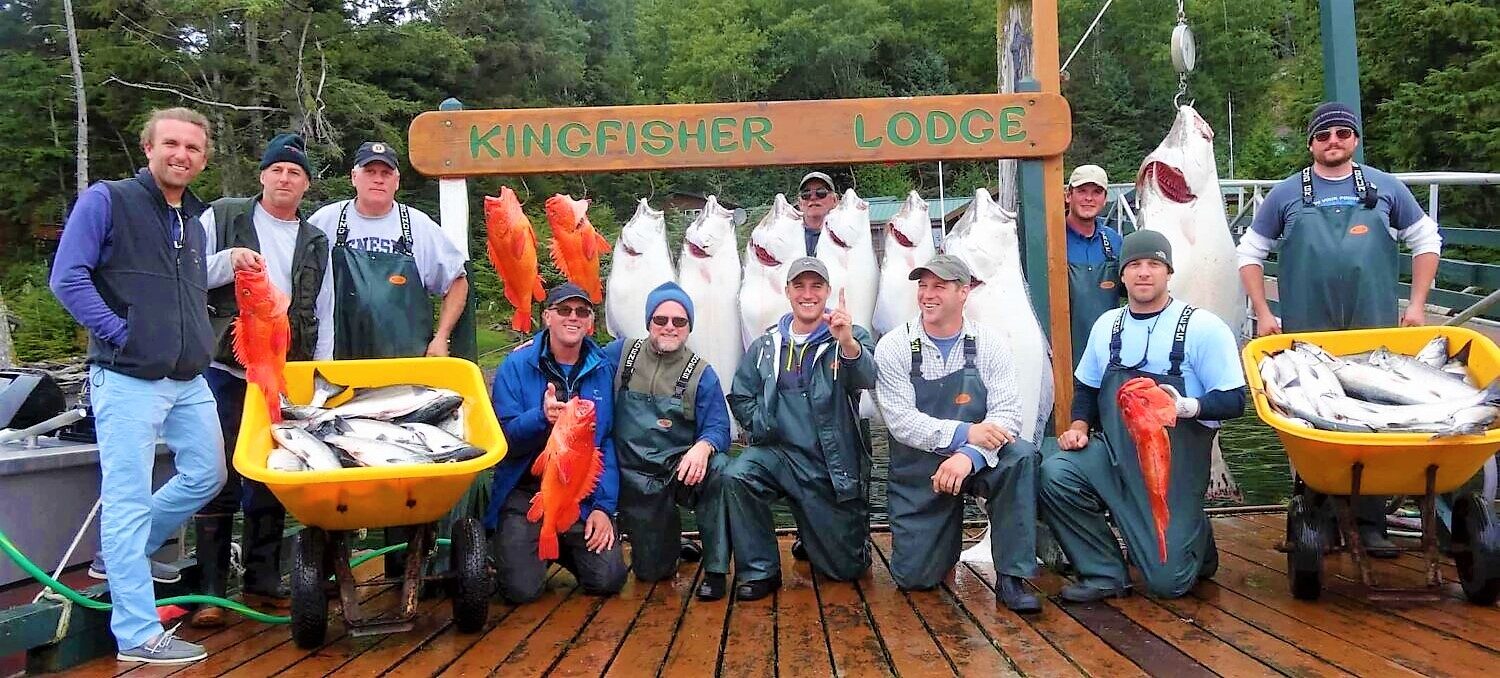Silver Salmon
The Coho salmon, Oncorhynchus kisutch, (from the Russian кижуч kizhuch) is a species of anadromous fish in the salmon family. Coho salmon are also known as silver salmon or “silvers”.
The Silver salmon or “Coho” is a game fish and provides fine sport in fresh and salt water from Silver Salmon, June to December, especially with light fishing tackle. It is one of the most popular sport fish in Alaska and the Pacific Northwest. Its popularity is due in part to the reckless abandon which it frequently displays chasing bait and while in salt water, and the large number of coastal streams it ascends during its spawning runs. Ocean caught coho is regarded as excellent table fare. It has a moderate to high amount of fat, which is considered essential when judging taste. Only Spring King salmon and Sockeye salmon have higher levels of fats in their meat.
Historically, the coho, along with other species, has been a staple in the diet of several Indigenous People who would also use it to trade with other tribes farther inland. The coho salmon is also a symbol of several tribes, representing life and sustenance.
Silver salmon here in Alaskan waters are in their prime and are the acrobats of the North Pacific Ocean. Showing up in early June at about 5 pounds they continue to grow in numbers and size until they enter into the many streams they will spawn in.
Silver salmon are caught with the same gear and technique that you’re Alaskan King Salmon is caught. Light rods, shimano reels, with 6’ leader and 3/0 hooks, cut plug herring with a nice roll will produce your limits of silver’s.
Mooching is the preferred method used at Kingfisher Lodge and Craig charter fleet, with excellent results. Silvers can be caught as deep as 300’ to as shallow as the surface, so mooching makes the most sense and with the thrill of feeling the bite and having the ability to hook the fish when sometimes they are not on the bite makes a very satisfying experience. Guests who fish using the mooching method seldom want to go back to trolling.
Description of the Silver
During their ocean phase, Coho have silver sides and dark blue backs. During their spawning phase, the jaws and teeth of the coho become hooked, and they develop bright red sides, bluish green heads and backs, dark bellies with dark spots on their back. Sexually maturing coho develop a light pink or rose shading along the belly and the males may show a slight arching of the back. Mature coho salmon have a pronounced red skin color with darker backs and average 28 inches in length and seven to 11 pounds in weight, although coho weighing up to 36 pounds have been reported. Mature females may be darker than males, with both showing a pronounced hook on the nose.
Reproduction
The eggs hatch in the late winter or early spring after 6 to 7 weeks in the redd. Once hatched, they remain mostly immobile in the redd as the alevin life-stage, which lasts for 1-2 weeks. The alevins no longer have the protective egg shell, or chorion, and rely on their yolk sac for nourishment during growth. The alevin life stage is very sensitive to aquatic and sediment contaminants. When the yolk sac is completely resorbed by the alevin it will swim up out of the redd. Young coho spend one to two years in their freshwater natal streams,often spending the first winter in off-channel sloughs, before undergoing a transformation to the smolt life-stage. Smolts are generally 100-150mm and their parr marks are faded and the silver scales characteristic of the adult life-stage start to dominate.
Smolts migrate to the ocean in late March through July. Some fish leave fresh water in the spring, spend summer in brackish estuarine ponds and then migrate back into fresh water in the fall. Coho salmon live in the salt water for one or two years before returning to spawn. Some precocious males known as “jacks” return as two-year-old spawners. Spawning males develop a strongly hooked snout and large teeth.
Range
The traditional range of the coho salmon runs from both sides of the North Pacific ocean, from Hokkaido, Japan and eastern Russian, around the Bering sea to mainland Alaska, and south all the way to Monterey Bay, California.
References
“Evolutionary Significant Units”. U.S. National Marine Fisheries Service.
“Coho salmon ESUs”.
“Endangered Species Act”.
“2005 status review report”.
“Species of Concern”.
Oncorhynchus kisutch (TSN 161977).
Integrated Taxonomic Information System. Retrieved on 24 January 2006.
“Oncorhynchus kisutch”. FishBase. Ed. Ranier Froese and Daniel Pauly. 10 2005 version. N.p.: FishBase, 2005.
“Coho salmon in the Great Lakes”.
